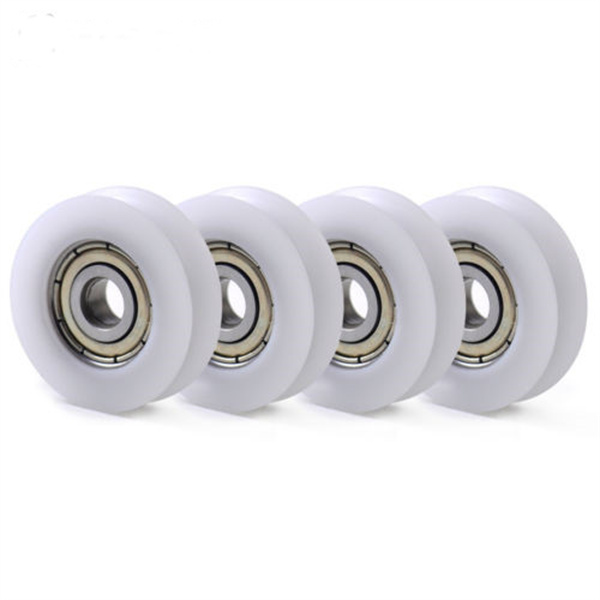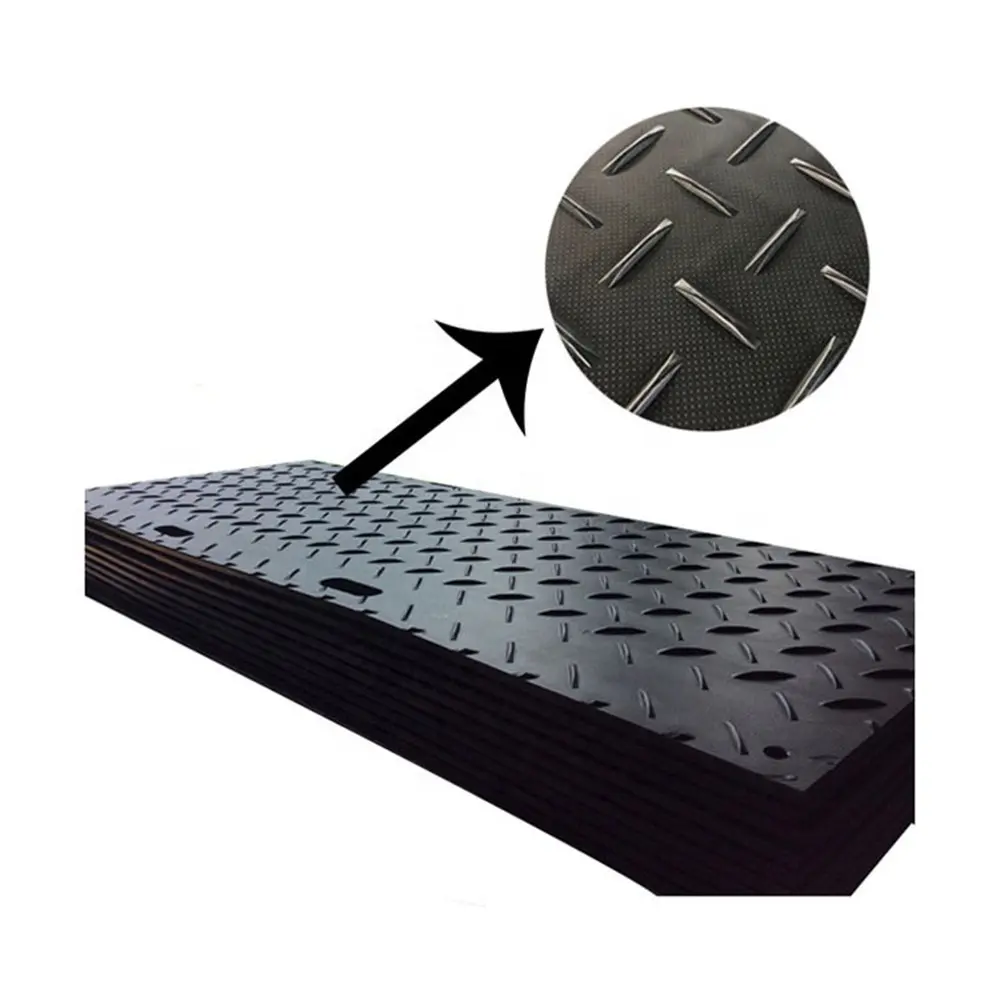Get access to more than 30 brands, premium video, exclusive content, events, mapping, and more.
Get access to more than 30 brands, premium video, exclusive content, events, mapping, and more. Uhmw Sheet Weight

KICK OFF WINTER WITH US
Tickets for Warren Miller’s ALL TIME are now on sale.
JUST IN TIME FOR THE HOLIDAYS
Don’t wait! Unlock premium access with Outside+.
With each chop, you’re releasing microplastics into your food
Heading out the door? Read this article on the Outside app available now on iOS devices for members! Download the app.
I cleaned out the veggie drawer last night and made a big stir fry for dinner. Garlic, ginger, carrots, onion, a couple different kinds of peppers, broccoli, cauliflower, zucchini, spinach, celery, and scallions. It was a lot of chopping. 512 chops to be exact.
Yes, I counted. And here’s why: According to a new study by researchers at North Dakota State University, had I been using a plastic cutting board, rather than my bamboo one, I would have created between 1,536 and 7,680 little specks of plastic, all clinging to the board, my knife, and, yes, my veggies. Yum.
I’ve used plastic cutting boards for years, so this report was unsettling. I decided to call the main author of the study to learn more.
Himani Yadav is a third year doctoral student, research assistant, and teaching assistant at North Dakota State University. During her master’s, she wanted to discover everyday ways that we’re exposed to microplastics, and delved into the world of microplastics in cooked food.
We are constantly exposed to microplastics in our daily lives. Research has shown it’s commonly found in bottled water, seafood, and the air we breathe. When we microwave plastic containers, it leaches into our food.
A doctoral supervisor suggested looking into microplastic shedding from cutting boards, and “it just grabbed me by the curiosity strings,” she says. “We decided to run a preliminary study, and as we dug deeper, it became clear that this could be a groundbreaking investigation, shedding light on the often-overlooked world of microplastic exposure. Once plastic is created there is no end to it. It’s here to stay no matter how many times we try to recycle or repurpose it. It just breaks down into smaller particles that find their way into our bodies.”
Since everyone has different chopping techniques and styles, Yadav recruited five people to perform the tests. She ordered 20 cutting boards from Amazon. Typical plastic cutting boards are made from either polyethylene or polypropylene, so she ordered both types to see if there was a difference. She also ordered wood boards, which acted as her control.
There were three phases of testing. First, people were asked to mimic 500 chopping strokes directly onto the polyethylene board with no medium. For the second test, the people remained constant, but the polypropylene boards were swapped in, so Yadav could compare the different reaction of each material under the same circumstances. (Polypropylene boards released slightly more microplastics, but statistically speaking, the difference was insignificant.) In the third test, carrots were added as the chopping medium on the polyethylene boards. (Yadav chose this material because, according to her research, it is the more common of the two.)
In this study, five different people were recruited as choppers to account for different styles and techniques.(Photo: Courtesy Himani Yadav)
After each cycle, Yadav rinsed the carrots and boards in a glass tray filled with ultra-pure water. She then passed the water through a 1 micron filter, examined the filter under a microscope, and counted and weighed the microplastics captured.
If you take a close look at your old plastic cutting board, you’ll see thousands of tiny marks (see a photo of mine above). Run your finger over the surface and you’ll feel them, too. Each ding represents a degradation of the material. And that material has to go somewhere. I just never imagined that it would find its way into my stir fry.
“We estimate the release of 1 to 14 microplastics per cut from polyethylene cutting boards and 3 to 15 microplastics per cut from polypropylene,” says Yadav. “Our study assumes that the average person makes 500 cuts per day on a board, or over the course of a year, 128,000 cuts. Given those numbers, the cumulative microplastics exposure ranges from 7.4 to 50.7 grams per year.”
For context, a plastic credit card weighs about five grams, so the highest end of this estimate amounts to 10 credit cards per year, shed onto your board and food.
The next logical question: just how bad is it for us to be ingesting microplastics? On that, the jury is still out. Yadav’s study also included a preliminary toxicity test on mouse cells (rather than live subjects) to determine the level of negative impact on biological function.
“We did not find toxic results or effects from polyethylene on the mouse cells,” says Yadav. “But this portion of our testing was very preliminary, and not detailed.” Toxicity studies typically run for just 24 or 72 hours, so Yadav was not surprised that no acute effects in the mouse cells were observed. “In the future we’ll be doing deeper toxicity studies because there is considerable existing research on this topic,” she says. “We know that microplastics transfer to the intestines and blood stream and that they have harmful effects on humans. Microplastics can stimulate the production of endocrine disruptors that are linked to various cancers and reproductive system disorders.”
In other words, it can’t be good for us. Yadav’s take: “We cannot see microplastic’s acute effects right now, but it will prove to have chronic effects because they’re assimilating in our bodies and tissues.”
As for me, I’ve evicted my plastic cutting boards from the kitchen. They’re in my garden shed as I try to figure out what to do with them. Maybe one day I’ll get crafty with them. One thing you should NOT do with them: put them in your curbside recycle bin. At least not without calling the facility to confirm that they will accept it. (Most will not.) And put a nice wood cutting board on your Christmas list. Or better yet, make one.
Doing right by the planet can make you happier, healthier, and—yes—wealthier. Outside’s Head of Sustainability, Kristin Hostetter, explores small lifestyle tweaks that can make a big impact. Write to her at climateneutral-ish@outsideinc.com.

Pom Rod Enjoy coverage of racing, history, food, culture, travel, and tech with access to unlimited digital content from Outside Network's iconic brands.